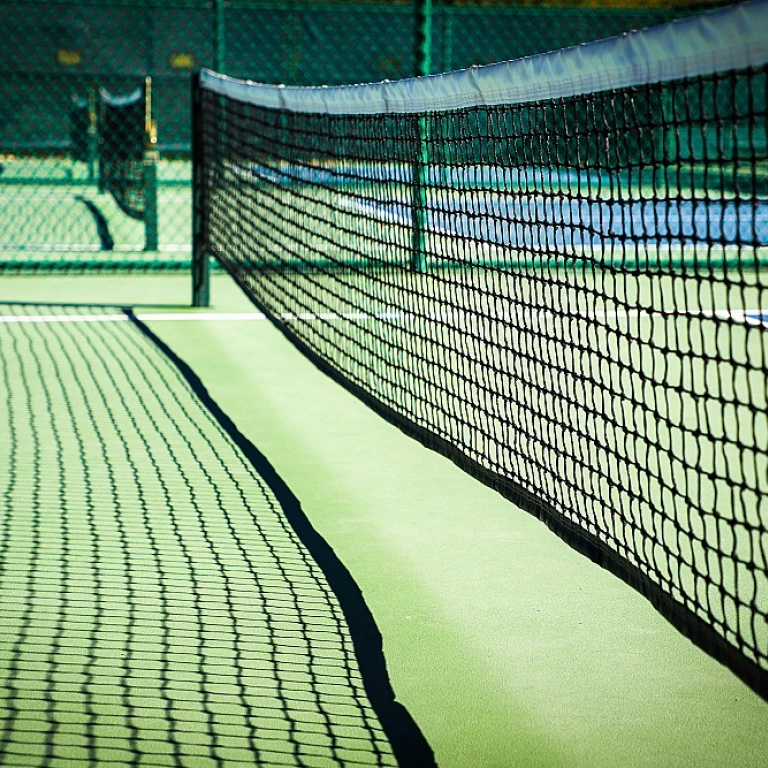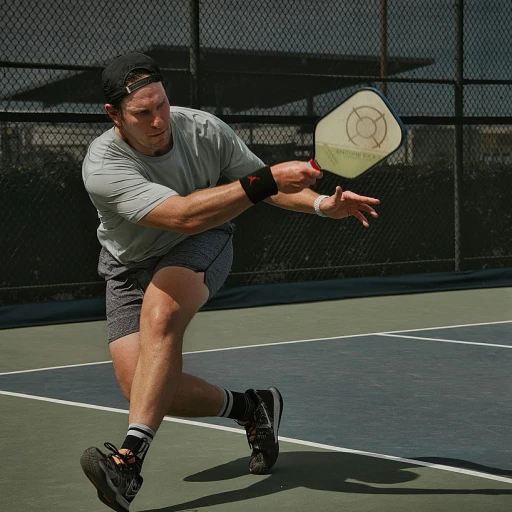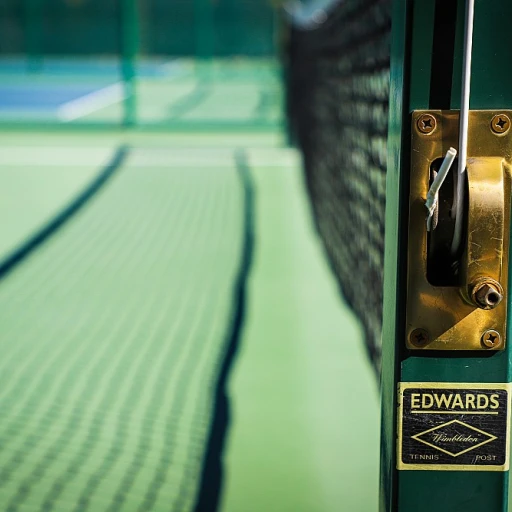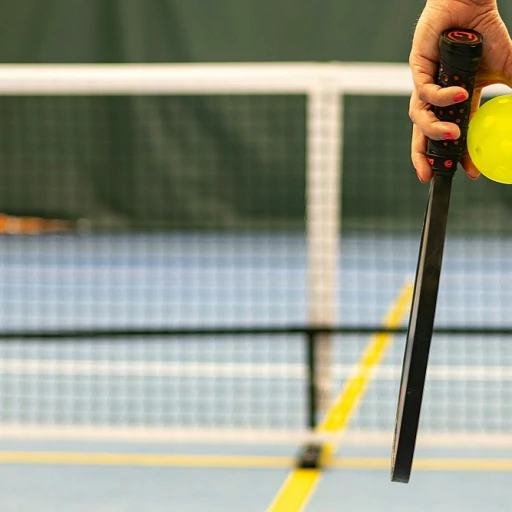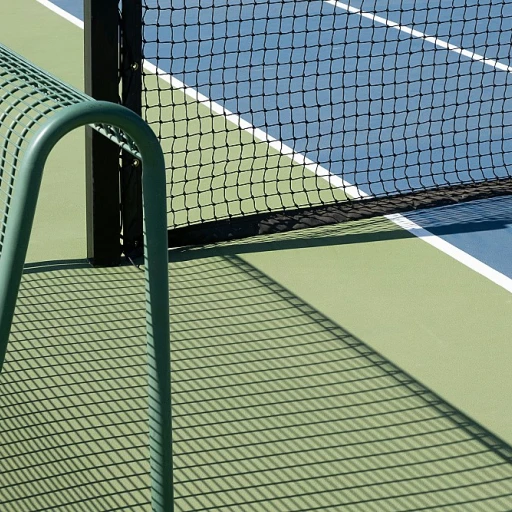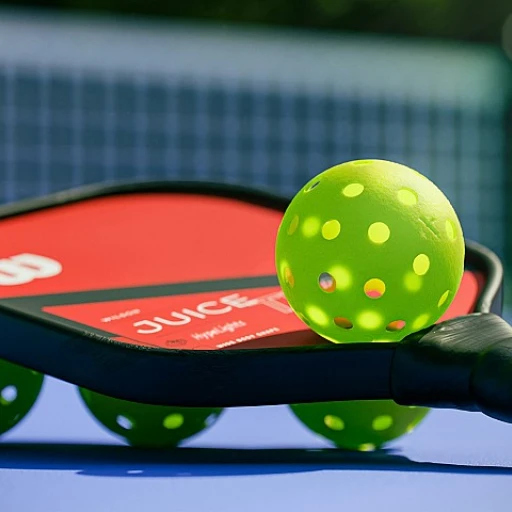Understanding Pickleball Ball Variations
Exploring the Diversity in Pickleball Balls
In the evolving world of pickleball, understanding the nuances between pickleball balls is crucial for any enthusiast wanting to enhance their game. The differences between indoor and outdoor balls lie in their design and material, tailored specifically to suit various playing conditions. This allows players to experience optimal control whether on smooth indoor surfaces or more challenging outdoor terrains. Pickleball, known for its unique paddle and play style, relies heavily on the type of ball used. This game features two primary categories of balls: indoor pickleballs and outdoor pickleballs. At a glance, their most visible difference is the number of holes each has. Indoor balls tend to have larger holes and are lighter, designed for better control and bounce on indoor surfaces. In contrast, outdoor balls feature smaller, more numerous holes to withstand wind and other elements found in outdoor play. The material of the ball plays a significant role too. Most pickleball balls are constructed from a durable plastic material. However, outdoor balls must be harder to endure harsh weather conditions like rain and sun, whereas indoor balls are slightly softer, providing better performance on gym floors. Choosing the right ball doesn't just influence the bounce but also impacts the overall weight and control during play. A well-informed selection aligns with the specific environment and helps maintain the integrity of the pickleball game. For playing on unique surfaces like grass courts, understanding these ball differences is essential; you can explore more about that topic here.Why Environment Matters
Environmental Considerations Affecting Ball Performance
Playing pickleball outdoors is not the same as enjoying a game indoors. The environment where you play heavily influences how pickleball balls behave. From hardness to bounce and even the plastic material, outdoor conditions require particular attention when selecting your equipment for optimal control and performance.
Outdoor play is often affected by elements like wind, temperature, and humidity levels. These conditions can alter the way outdoor pickleballs with their larger holes and heavier weight react when hit by a paddle. The combination of number holes and external factors will significantly impact ball trajectory, control, and game experience, making them ideal for certain pickleball surfaces with particular conditions. Outdoor pickleballs are designed specifically to withstand such variations, ensuring a consistent play in rougher environments.
On the flip side, indoor conditions are typically controlled, meaning that the indoor balls face less environmental interference. The indoor designs focus more on ensuring the delicacy of play through smaller holes and overall weight. As a result, indoor pickleballs demonstrate different qualities of bounce and control compared to their outdoor counterparts.
The specific conditions of each environment, whether indoor or outdoor, dictate which type of pickleball will deliver the best game. Finding the right outdoor ball for competitive consistency or a leisurely game in varying weather isn't as simple as using any available ball. Detailed consideration of the conditions is essential in maintaining a high-quality play experience.
Design Features of Outdoor Balls
Key Properties of Outdoor Pickleball Balls
Outdoor pickleball balls are specially designed to withstand the elements and challenges of playing in an outdoor environment. These balls are tailored to provide a consistent playing experience, despite varying weather conditions and the differences in surfaces.- Plastic Composition: Typically, outdoor balls are made from a harder plastic material that offers durability and resistance against rough outdoor surfaces. This hardness allows the balls to endure constant impact while bouncing off tougher surfaces such as concrete or asphalt.
- Number and Size of Holes: One of the distinguishing features of outdoor pickleballs is their larger number of holes. Specifically, they possess 40 smaller holes, which aid in stabilizing the ball against outdoor wind conditions, ensuring a more controlled and accurate game. This contrasts with the indoor balls that have fewer, larger holes.
- Bounce and Weight Specifications: Given their play on varied and sometimes unpredictable surfaces, outdoor balls are heavier, allowing for a steadier bounce. This additional weight provides better control over the ball during windy conditions, ensuring that paddles can effectively govern the ball's movement during outdoor play.
Indoor Ball Characteristics
Recognizing the Different Aspects of Indoor Balls
When it comes to indoor pickleball play, the characteristics of the ball used are notably different from those intended for outdoor play. Indoor balls are crafted with specific features designed to accommodate the usual conditions they encounter.- Material and Construction: Indoor pickleball balls are typically made using lighter plastic materials, allowing for controlled precision and finesse during play. The plastic is softer, resulting in a slightly reduced bounce, which is advantageous on smooth indoor surfaces.
- Hole Design: One of the most distinctive differences is the number and size of holes in the ball. Indoor balls often boast a larger quantity of smaller holes (usually about 26 to 40, compared to outdoor balls), which aids in minimizing the ball’s speed and enhances control when playing indoors.
- Weight and Hardness: Knowing that indoor conditions differ vastly from outdoor conditions, indoor balls are generally lighter and less hard. This lesser hardness complements the gentle nature of indoor surfaces and assists in maintaining game control.
Choosing the Right Ball for Your Game
Considerations for Selecting the Perfect Pickleball
Choosing the right type of pickleball can greatly impact your playing experience. Whether you're an indoor or outdoor enthusiast, understanding the nuances of each ball is essential for a seamless game.
Outdoor Play: When playing outdoors, you'll want to opt for outdoor pickleballs. These balls are specifically designed to endure various weather conditions and handle rougher surfaces. The plastic material used in outdoor balls is slightly harder, providing better durability against the elements. They usually have a greater number of smaller holes that help in maintaining consistent bounce and flight even on windy days.
Indoor Play: On the other hand, indoor pickleballs are ideal for indoor conditions where surfaces are smoother and the environment is controlled. The indoor ball comes with fewer but larger holes which contribute to the ball's lighter weight and better control during play.
Balance and Performance: The hardness and control of the ball will also influence gameplay. While outdoor pickleballs are crafted to withstand external conditions, indoor pickleballs are often softer, allowing for a more controlled and strategic play. The bounce will also vary; outdoor balls tend to be more rigid and bouncy, whereas indoor balls offer a softer bounce suitable for indoor surfaces.
Your choice might also be determined by personal preference and your playing style. Some players may prefer the longevity and durability of outdoor balls, while others might enjoy the control and playability of indoor pickleballs. Consider your environment, game intensity, and personal feel when choosing your pickleball balls.
Maintenance and Longevity
Maintaining Your Pickleball Balls
For both indoor and outdoor pickleball balls, regular maintenance is crucial to ensure a consistent and engaging playing experience. While pickleball balls are generally durable, taking proactive steps can significantly impact their longevity and performance.- Regular Cleaning: Outdoor balls are more prone to picking up dirt and debris due to the playing surfaces and environment. Cleaning them regularly can prevent excess wear and maintain optimal bounce and control. Indoor balls, while used on cleaner surfaces, still benefit from occasional cleaning to preserve their integrity.
- Storage Conditions: Proper storage is essential for maintaining pickleball quality. Both indoor and outdoor pickleballs should be stored in a cool, dry place. Exposure to extreme heat, cold, or moisture can affect the plastic material and lead to unwanted changes in hardness or weight.
- Monitoring for Damage: Regularly inspect your pickleballs for cracks, changes in bounce, or deformities. Balls with larger or smaller holes might experience different stress levels based on their intended play conditions, so it's wise to replace any compromised balls to avoid disruptions in your game.

